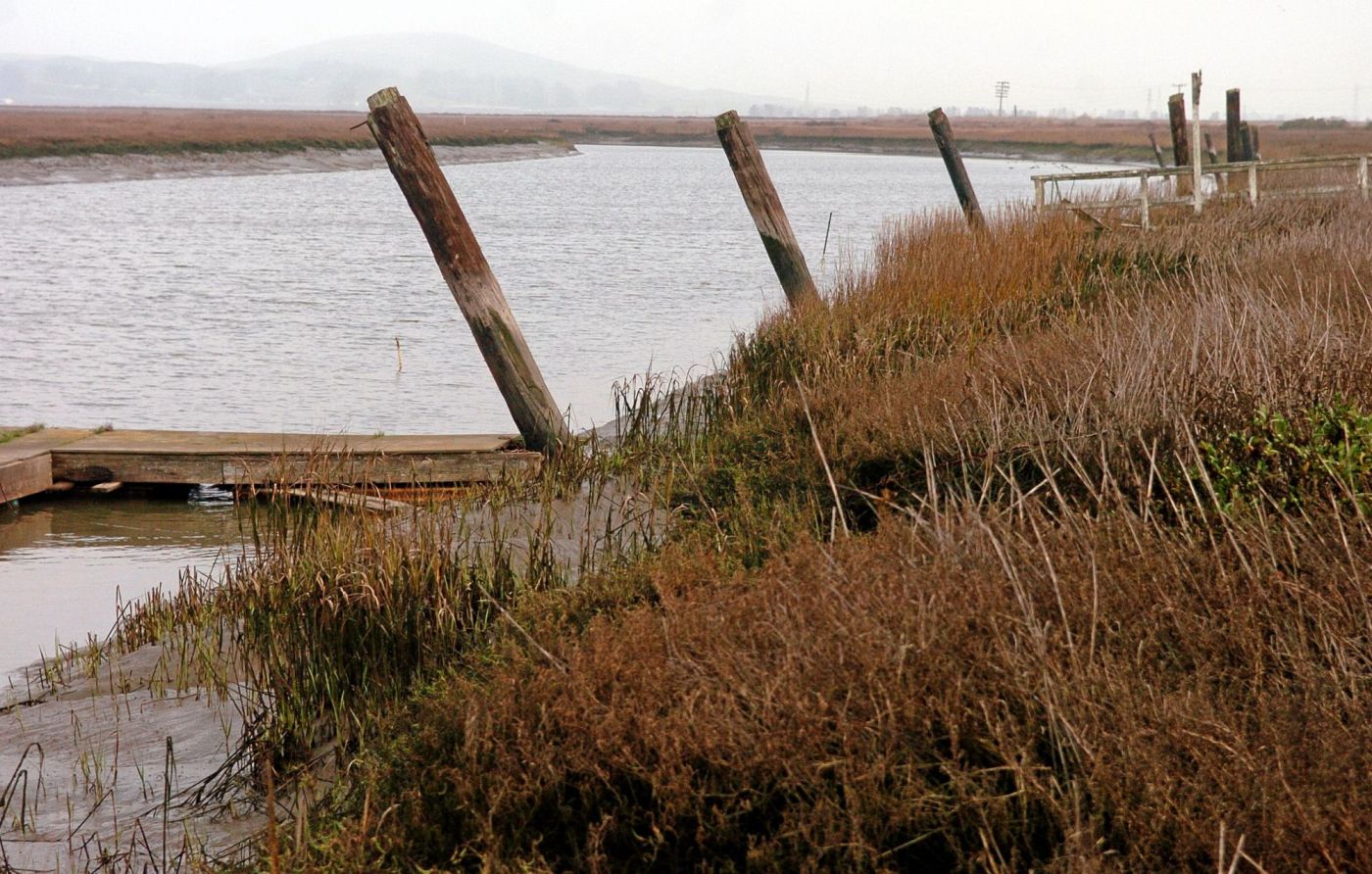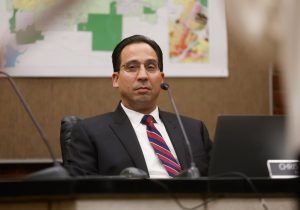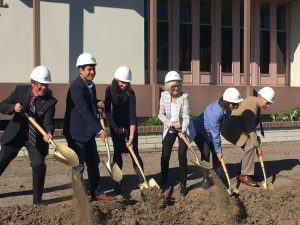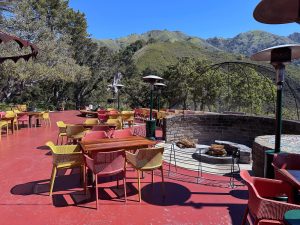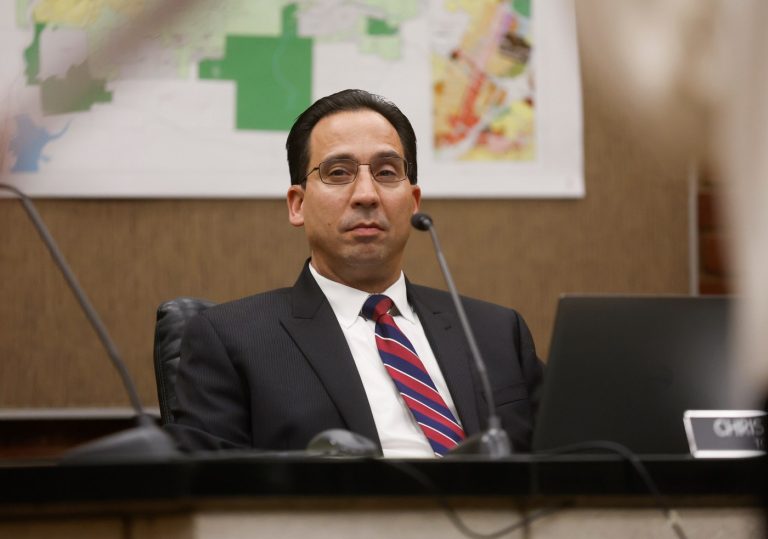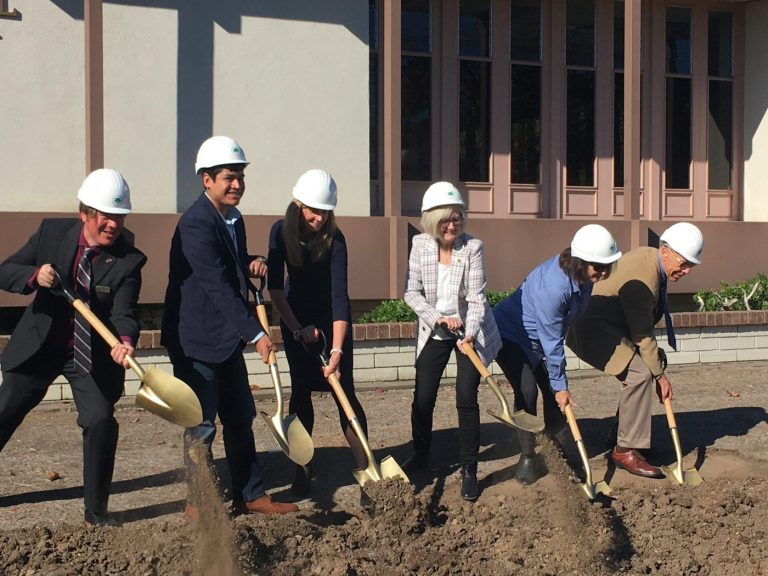Marin County and Novato are disputing a state water board’s contention that they are doing too little to prevent the discharge of fecal bacteria into the Petaluma River.
The San Francisco Bay Regional Water Quality Board notified both the county and Novato in January that they are out of compliance with a program that it adopted in 2019 to reduce the level of fecal bacteria in the river.
Both jurisdictions, however, contend that they are not required to comply with the program because the scheme has not yet been incorporated into their municipal storm sewer system permits, which are issued by the State Water Resources Control Board.
In addition, Jenna Brady, chief deputy county counsel, said, “We don’t believe that they have shown that the county stormwater system is at issue because there are no samples from downstream of our system.”
Nick Nguyen, Novato’s public works director, said the notice the city received was identical to the one sent to the county.
“We are in compliance with the permit,” Nguyen said.
The Regional Water Quality Control Board declined to comment.
“There is the potential this could become an enforcement matter,” Blair Robertson, a spokesperson for the agency, wrote in an email.
The Clean Water Act of 1972 requires states to compile a list of “impaired” water bodies that fail to meet water quality standards and to establish total maximum daily loads (TMDL) for the pollutants causing those impairments.
The main stem of the Petaluma River has been on the impaired list since 1975 because of elevated levels of fecal bacteria. High levels of fecal bacteria indicate the presence of pathogenic organisms that are found in warm-blooded animal waste and pose potential health risks to people who recreate in contaminated waters.
In 2019, the Regional Water Quality Control Board adopted total maximum daily loads for the Petaluma River watershed to address fecal bacteria. The total maximum daily loads identified numerous possible sources for the bacterial contamination, including wastewater treatment plants, onsite wastewater treatment systems, camps of homeless people, dairies, ranches, horse facilities and municipal stormwater runoff.
In its notice to the county, the regional water board wrote that discharges from the county’s municipal storm sewer system were “causing or contributing to exceedances of applicable water quality standards, especially the bacteria water quality objectives.”
The water board went on to say that the county’s permit requires it to “report on actions it will take and complete actions to address the exceedances.”
“However, the Water Board has not received the required reports and is not aware that the county is taking actions sufficient to address the exceedances,” it said. “As a result, the county is not in compliance with the permit.”
The permit referred to is issued periodically by the California State Water Resources Control Board and sets out the regulations governing the county’s municipal storm sewer system.
The county has responded to the regional water board’s notice by submitting a petition to the State Water Resources Control Board. In the petition, the county asserts that it is in compliance because “the bacteria TMDL for the Petaluma River watershed has not yet been incorporated into the Phase II permit.”
Brady said the petition will not be activated, however, unless the county is unable to settle its dispute with the regional water board. Nguyen said Novato submitted a similar petition based on the county’s filing.
Rob Carson, director of the Marin Countywide Stormwater Pollution Prevention Program, said that even though the permits are designed to be reissued every five years, the county’s permit is 13 years old.
“That is why the TMDL hasn’t been integrated into the permit,” he said. “The state board hasn’t reissued the permit to us yet.”
The regional water board’s notice directed the county and Novato to submit plans and schedules to investigate the sources of high bacteria levels, implement controls and conduct monitoring.
More specifically, it ordered the county and Novato to address non-stormwater discharges associated with unsheltered homeless populations and to monitor bacteria levels in San Antonio Creek at three locations.
San Antonio Creek, which defines the border between Marin and Sonoma counties, is the Petaluma River’s largest tributary and accounts for about 20% of the total watershed. When it issued the total maximum daily loads in 2019, the regional water board stated its intention to add San Antonio Creek to the list of impaired water bodies due to elevated fecal bacteria levels.
Related Articles
Opinion: The fallacy behind California’s rollback of water conservation rules
Gov. Newsom announces updated water plan amid above-average Sierra snowpack
Yes, beavers can help stop wildfires. And more places in California are embracing them
Sierra Nevada snowpack ‘unusually normal’ and reservoirs are brimming as winter season winds down
Tightened wastewater regulations could cost Bay Area cities billions
Carson said the county is already doing most of the things that the regional water board has directed it to do. It has not, however, begun testing for bacteria levels in San Antonio Creek.
“We will, as the letter requires us to, initiate that testing next month,” Carson said.
Carson added, however, that the three testing sites on San Antonio Creek are not covered by the county’s municipal storm sewer system permit.
“The stormwater permit is an urbanized area discharge permit,” Carson said. “The testing sites all upstream of the urbanized areas.”
Carson said the regional water board has a separate “grazing and dairy waiver program” intended to bring agricultural areas into compliance with water quality objectives.
“The water board recently announced an expansion of that grazing and dairy waiver program to include all of the Petaluma River watershed,” Carson said, “so we feel like that program will address the discharges in San Antonio Creek.”
Carson said the regional water board has announced its intention to expand those two programs into the San Antonio Creed watershed.
“So those property owners will be required to develop ranch plans that talk about how they’re going to control pollutants off of their properties,” he said.
The Petaluma River total maximum daily loads also identified a number of onsite wastewater treatment systems in West Marin, although the bulk are in Sonoma County.
Gwendolyn Baert, an environmental health specialist for Marin County, wrote in an email that the county has shared information about the approximately 20 onsite waste treatment systems located within 200 feet of San Antonio Creek.
“To my knowledge the Regional Board was going to have the property owners have their systems inspected within five years of the effective date of the implementation of the TMDL,” Baert wrote. “If any of the properties were identified as experiencing problems, Marin County Environmental Health Services would follow up for corrective actions.”
As for homeless campers, Carson said the camp on Binford Road is the only one he has identified that could be contributing to the Petaluma River’s fecal bacteria problem. The camp is adjacent to Rush Creek, which connects with the river via Pinkston Slough.
In December, the county announced that it had installed 12 portable restrooms and hand-washing facilities at the site and was offering free, biweekly pump-outs of sewage waste to RV owners there.
